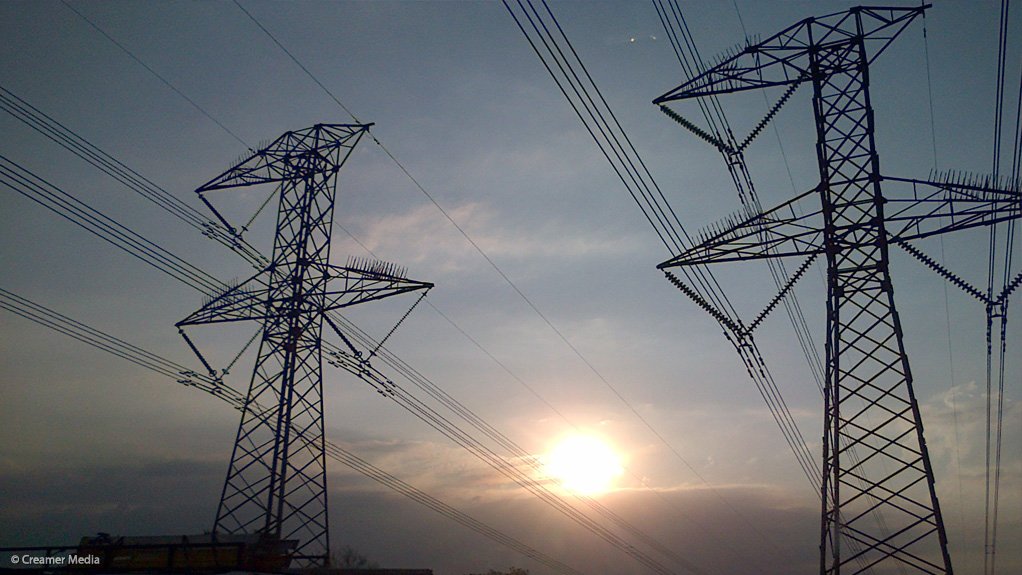The total energy capacity in Africa’s 54 member States is equal to that of Germany and Denmark alone, while 585-million people in sub-Saharan Africa have no access to electricity.
Putting these facts on the table, South Africa’s deputy director-general of energy, Dr Wolsey Barnard, told the Power-Gen Africa conference in Cape Town that modern policies and commitment from governments were needed to ‘lighten’ the continent.
Barnard said hydropower had become extremely significant, with a potential of 40 000 MW available. Offshore hydrocarbons were expanding rapidly while coal reserves in Southern Africa had also stepped up.
While South Africa had moved fast in bringing electricity to millions more people, there were still three-million South African households without modern electricity.
Hot on the heels of South Africa’s load-shedding last week, Barnard said South Africa was going through a “difficult phase” while the economy was still facing headwinds.
However, he said government’s massive investment in energy going forward would help to create jobs and grow the economy.
“An investment potential of R2-trillion is earmarked for industries,” he told around 3 000 delegates to the conference, which looked at strategies for power generation and distribution in the future.
Namibian electricity provider Erongo RED CEO Robert Kahimise said energy was not getting the attention it deserved in Namibia, which is the size of Nigeria, but boasts a population of only 2.3-million people.
“We work in a highly capital-intensive sector, dealing with a very robust network. Energy is the catalyst and driver of any economic growth, but politicians are not giving it the necessary attention it needs.”
He said Africa had the highest electricity prices, yet consumers were not paying the true cost in terms of security of supply, while markets were static.
Increased forex costs, environmental compliance and price increases in electrical components and material were pushing up electricity prices, Kahimise added.
He called on the Namibian government to bring in independent power producers (IPPs) and open up the market.
“A top-of-the-range IPP framework was created but it has not been signed. The Namibian government has refused to underwrite power purchase agreements. The consequence is no IPPs.”
Namibia imports on average 110 MW from South Africa. It also relies on electricity imports from Zambia, Zimbabwe and Mozambique. Nampower said recently that Namibia would have to rely on imports for the next four to five years.
Kahimise noted that his company had made “sweeping changes” to accommodate new technology.
He said customers were no longer streaming to Erongo RED’s walk-in offices as they used to, as they had migrated to online payments. Kahimise had subsequently redeployed cashiers to call centres.
“There are more cellphones than people in Namibia. This is the way to go.”
EMAIL THIS ARTICLE SAVE THIS ARTICLE
To subscribe email subscriptions@creamermedia.co.za or click here
To advertise email advertising@creamermedia.co.za or click here











